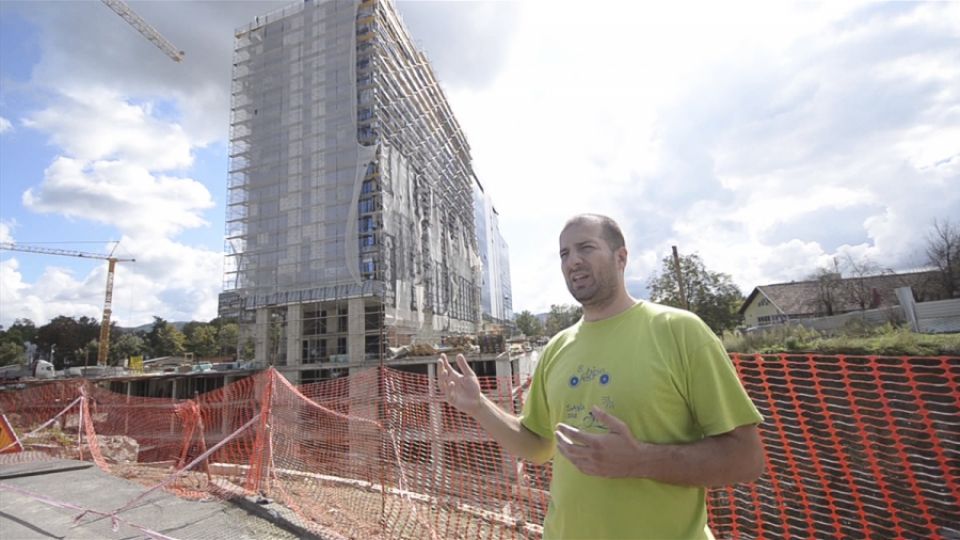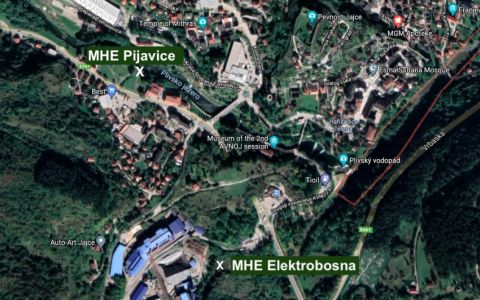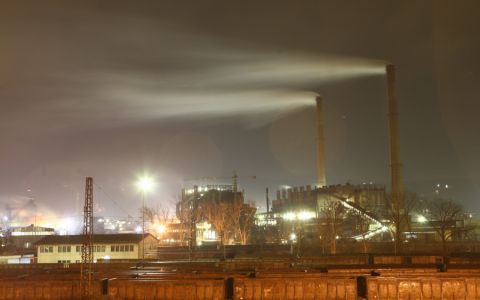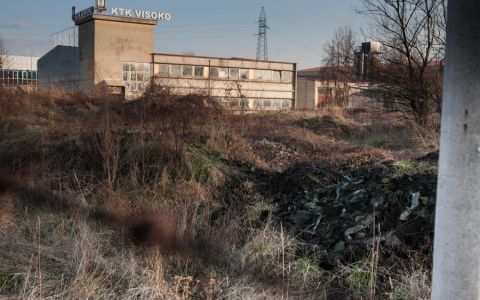City of Banja Luka has surprised its citizens in 2010 when politicians decided to sell the only remaining green area in the city center - to a private investor for BAM 2.2 million. Nobody asked about the opinion of the people. On the contrary: people previously sent comments on the draft of a new regulation plan and requested that the green space is preserved and converted into a park. Fully grown trees were felled and the popular promenade and the leisure area have been turned into a construction site.
Preparations for construction of the seat of the Telekom Republika Srpska company began in May 2012. In response, local residents launched the initiative "Park is ours" and decided to demonstrate their disapproval. According to the law, it is necessary to get a permission to organize a gathering in a public place. Since the citizens wanted to avoid bureaucracy, and they did not want to break the law, they have created an original way of showing protest. Every day, quiet "walkers" gathered in the city center, not considering as demonstrators under the law, but they were sufficiently impressive so publicly express their views. "Walkers" have continued to gather for the next one hundred days, in big numbers, ranging from a few hundred to three thousand people. Some 6,000 people have joined a petition that demanded public disclosure of project documents and agreements between Banja Luka and Grand Trade – the investor. In the height of the protests, the initiative has had more than 40,000 followers on Facebook.
Besides the protest marches, the initiative of citizens has emphasized certain discrepancies in agreement between the city and private companies, and the fact that the construction permit for 30,000 m2 of office and residential space has been obtained illegally.
Police action against the walkers
Citizens were again shocked when the state began to demonstrate power over them. SWAT and police prevented people from marching toward government buildings as well as to gather in a former park, although during the "walkers" have never been violent. The story of the nearest population of the park, the owner of a car repair service, is one of the especially sick. The owner, Mr. Zeljko Vulic, was left without an access road to his family home and the office building because of the construction site. He was arrested when he protested against the usurpation of his property, demanded justice and restoration of the public road. The courts have not recognized him as a victim of despotism nor qualify him for compensation.
Potentate on the run
Visitors of Banja Luka can still find two sad reminders of the recent development of the city. Only one of the five originally protected old oaks from the Picinog park remained in the area of the new residential complex. In fact, it is dead, covered with controversial decorations that refer to the 52 concrete structures that were recently completed. Another reminder is the office building itself: empty to this day, and its owner is desperately looking whom to sell it.
Although the protests have not stopped the construction, they have mobilized thousands of citizens. The "Park is ours" has gradually transformed into a collective movement campaigning for broader structural changes, such as greater government accountability, social and economic reforms. Two years later, justice has finally arrived in Banja Luka. Mile Radisic, owner of the Grand Trade, was prosecuted and sent to prison for three years in June 2014. He was found guilty of price manipulation, false statements and abuse of office. Radisic asked the court for reprieve until it completes construction, but the court rejected his request. Radisic has fled the country, a few days before he was supposed to begin serving his sentence. After a long avoiding of justice and frequent statements in the media that he will reveal the details of the project, Radisic returns to the country and voluntarily surrendered to the authorities and begins serving his sentence. It is not yet clear how he managed to return to the country unnoticed by the border police and the prosecuting authorities.
________________________________________
The community created an original format of a visible mass protest. To avoid breaking the law, people protested by walking – so they did not need any permission to assemble in a public place. Although protests and legal actions did not save the park, it certainly strengthened the civil society. Thanks to the relentless pressure of citizens, the perpetrators were finally convicted. This gives hope that a similar case of injustice will never happen again.
________________________________________
"The fact that a green area was destroyed is the smallest problem. For all those who work in public and private institutions, and they made a big mass of the protests, it was ordered that they should not attend the walks under a threat they could lose their jobs. This practically demonstrates how our country works. The most important message of this case is that some five hundred people lost their fear of the state and the police, did not succumb to intimidation, and finally started to use their civil rights."
Tihomir Dakić, Centar za životnu sredinu







